The Supply Chain Wars (Blog): Japan, Panama, China, USA, and Tariffs
A $22.8 billion deal to sell Hutchison Ports in Panama, including the key Balboa and Cristobal ports near the Panama Canal, is facing delays as of April 2, 2025, and Japan’s trade interests are closely tied to the outcome. Japan relies heavily on the canal, with up to 70% of its maritime trade to the Americas — with estimated worth over $270 billion annually — passing through it, including electronics and automobiles handled by these ports. The sale, agreed in March 2025 by Hong Kong-based CK Hutchison to a U.S.-led BlackRock consortium, has been stalled by China’s antitrust review and criticism from Beijing, which sees it as a loss of influence over a vital trade route. The deal’s signing, originally set for April 2, has been postponed, with negotiations now extended to July 27, 2025. For Japan, any disruption or change in control could impact shipping costs and reliability.
The Panama Canal and the Hutchison Ports in Panama serve distinct but complementary roles in maritime trade. The Panama Canal itself is a waterway that allows ships to pass directly between the Atlantic and Pacific Oceans, cutting through Panama’s isthmus. Ships move through its locks—essentially water elevators—to cross the 50-mile route, avoiding the long journey around South America. This is about transit: ships enter, navigate the canal, and exit on the other side.
The Hutchison Ports, specifically Balboa (on the Pacific side) and Cristobal (on the Atlantic side), are separate facilities located near the canal’s entrances. They don’t handle the canal transit itself but act as major port terminals where ships dock before or after passing through—or sometimes instead of passing through. These ports are for cargo handling: ships arrive to load or unload goods like containers, which are then stored, sorted, or transferred to other ships, trucks, or trains. A key function is transshipment, where cargo is moved from one vessel to another, often because a ship isn’t going through the canal or is redistributing goods regionally.
For example, a ship from Asia might unload Japanese electronics at Balboa, where some cargo stays for Central America, while the rest is loaded onto a different ship headed to the U.S. East Coast via the canal. Unlike the canal, which is managed by the Panama Canal Authority and focuses on passage, these ports, operated by Hutchison Ports, are commercial hubs for processing and distributing goods, making them critical to the broader trade ecosystem around the canal.
With Trump’s tariffs causing waves to splash through the global economy, Japan is at a crossroads, and the future is uncertain. If Japan invests more into the USA at this point, and China comes out on top, Japan might be forced to pivot further into Asia. If Japan continues to invest into China but America comes out on top, America may impose further tariffs on Japan’s exports to the USA as a form of punishment for investing in “the other team.”
Japan has been investing in both, due in part to the myriad of its political and business interests. In future — Japan may be driven to side with one regional power over another as Japan finds itself on the edges of two empires — ideologically in the G7 on one edge, but planted firmly in Asia on the other.
If Japan were to further onshore research and production, invest in its youth, and aim to become more independent with homegrown solutions in the AI, defense, and technology spheres, the future would be more certain. But as it stands, the country seems to be investing in both sides and hoping for the best.











